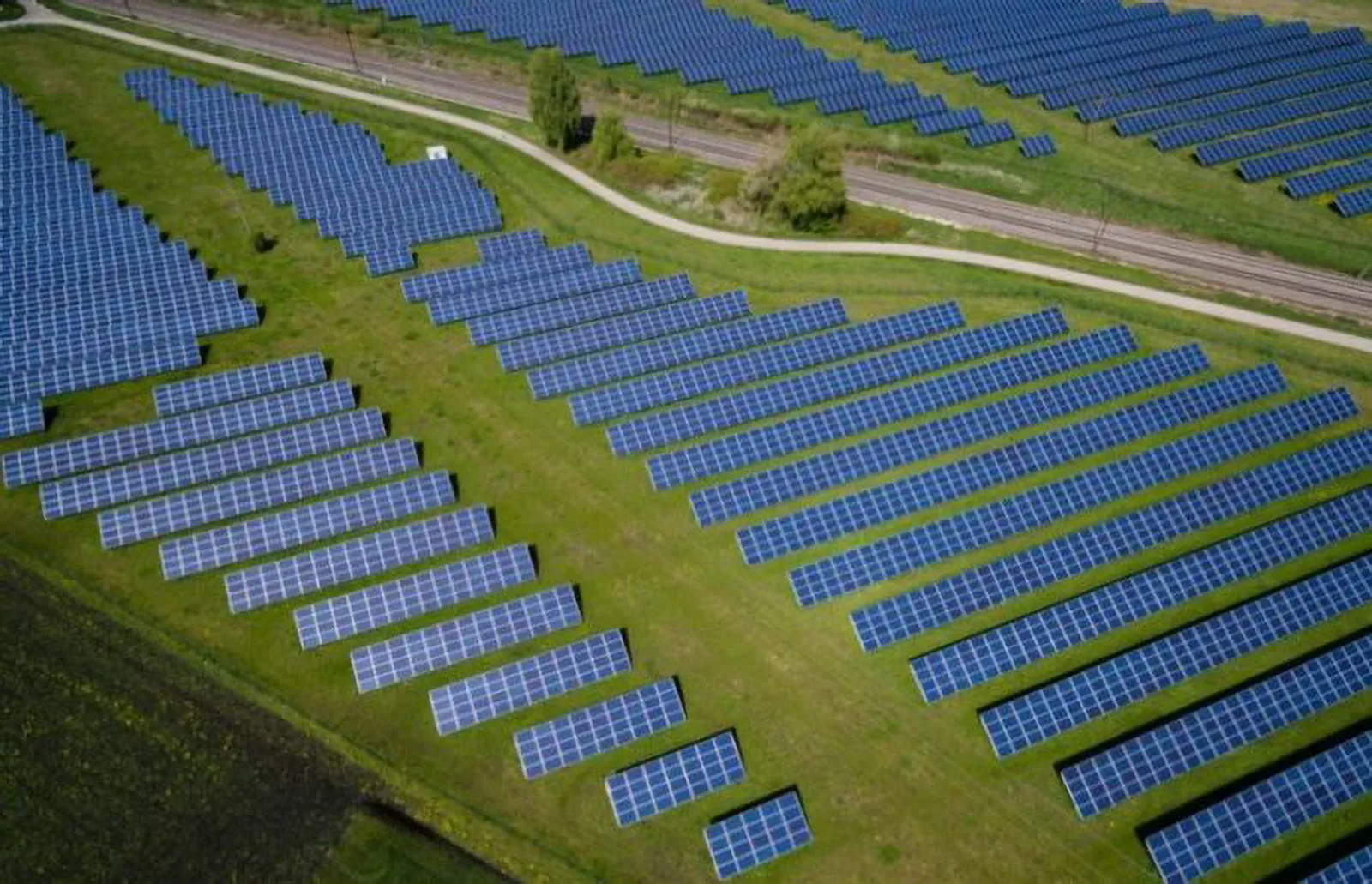
For several years now, there has been a discussion about optimizing the setting of the support system for electricity produced from renewable energy sources (RES) and highly efficient combined heat and power generation (VÚCHVET).
This is mainly for three reasons:
(i) that the current setting of the support system for electricity produced from RES and VÚCHVET generates a deficit on the part of the operators of regional distribution systems, which is still growing and also,
(ii) that the production costs of technologies from RES and VÚKVET have decreased dramatically in recent years, are more competitive, and therefore need to be more integrated into the market mechanism without the need for state subsidies,
(iii) the total production of electricity produced from RES and VÚKVET is, according to the currently valid legislation, used to cover the losses of the operators of regional distribution systems, but for many years they have exceeded their real losses, while by 2020, resp. In 2030, the share of electricity produced in this way will continue to grow thanks to new challenges from the EU.
There is an assumption that in the course of 2018, an amendment to Act No. 309/2009 Coll. on the support of renewable energy sources and highly efficient combined production, which will reflect a market-oriented type of support in accordance with the guidelines of the European Commission on state aid in the field of environmental protection and energy for the years 2014-2020 and consist of:
- the transfer of responsibilities from the operators of regional distribution systems to one entity, which will perform the central administration of the support system for electricity produced from RES and VÚKVET, namely by administration of the support, data management and financing of the support;
- minimization of market distortion measures through the removal of support in the form of a surcharge (feed in tariff) and by introducing the so-called surcharge (feed in premium);
- by integrating the produced electricity into the market through the producer, who will himself be responsible for selling the electricity to the relevant traders on the market;
- the producers' own responsibility for the deviation;
- allocation of new capacity through success in the tendering process;
- special regime for small installations and technologies.
and all this while maintaining conditions for existing electricity producers.
It is also possible to assume the extension of the relief from the payment of tariffs for the operation of the system (TPS) to several industrially demanding customers, or general reduction for all entrepreneurs.
The participation of the state in the support system is also questionable, namely whether at least part of the support paid in this way will be paid from the state budget or whether it will remain entirely on the shoulders of all recipients.
The effective performance of the new support system for new producers will of course be conditioned by the removal of the so-called stop-state on the part of regional distribution systems.
Specific answers to the question of how the state envisions further development in the field of RES a BLOOM however, he will only give us the final versions of the legislative proposals.
JUDr. Matej Slezák